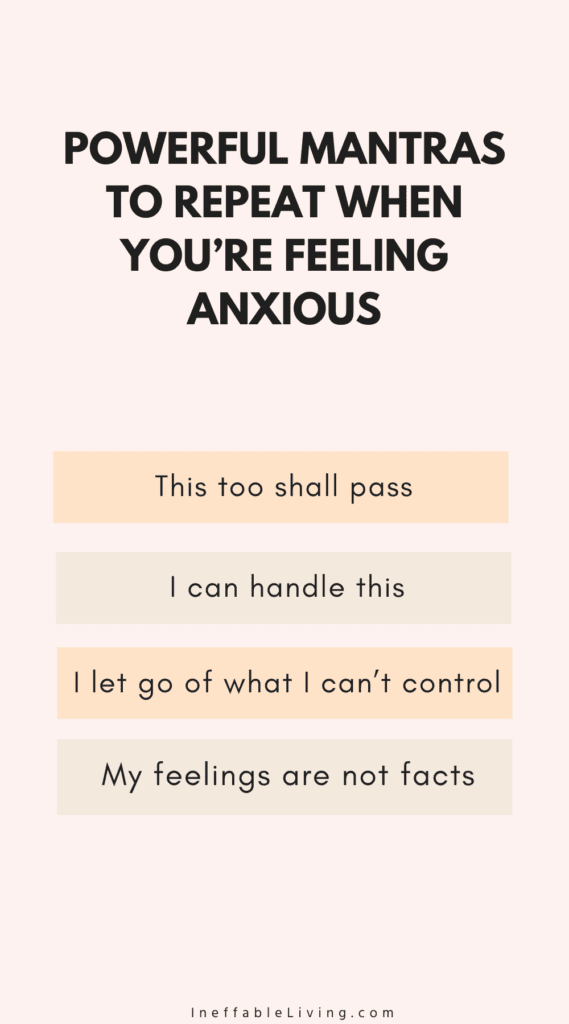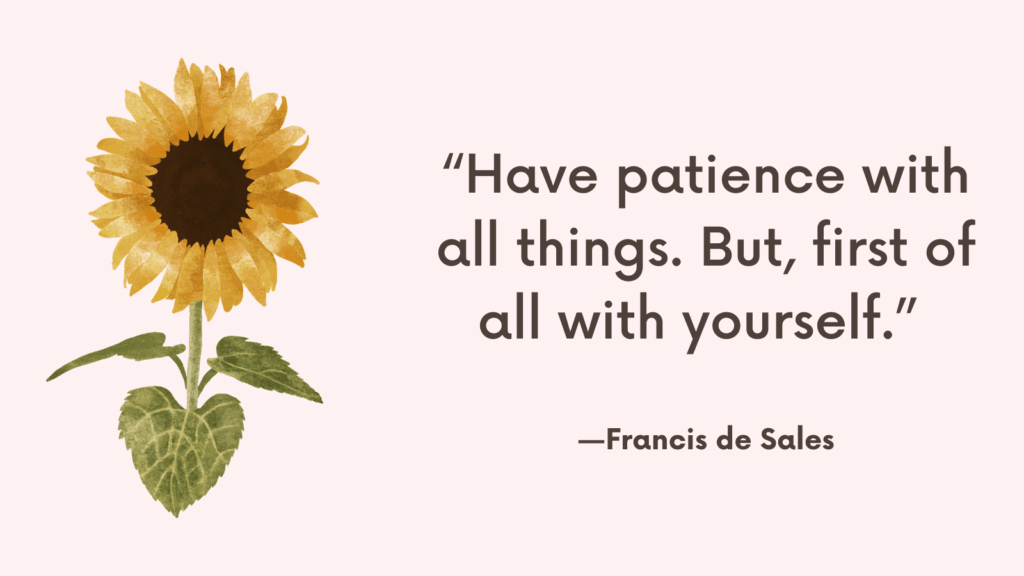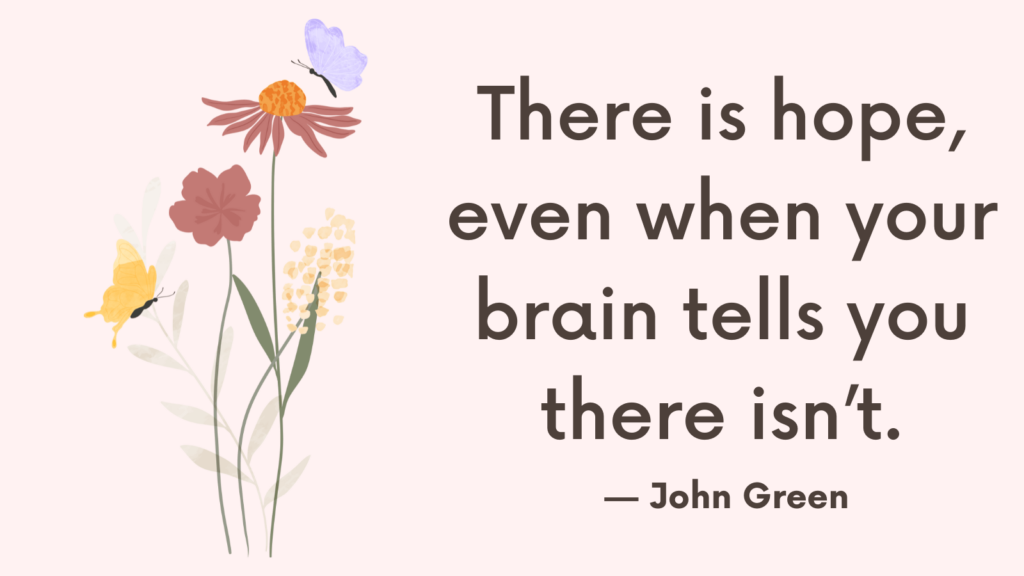Today, you’re going to discover how half-smiling can reduce emotional distress in a few minutes.
How Smiling Reduces Emotional Distress?
Feeling happy can make us smile, the opposite is also true: smiling can make us feel happy!
When you smile feel-good hormones and neurotransmitters, such as dopamine, serotonin and endorphins are released in your brain, which helps your body relax, lower your blood pressure, and lift your mood quickly.
The good news is that your smile does not have to be a real one and doesn’t have to be a full one.
The mere act of moving your facial muscles to create half-smile expression is enough.
Related: How To Sit With Painful Emotions? (Top 9 Difficult Emotions)
Half-Smiling Technique
The Half-Smiling Technique is an exercise that involves knowingly turning up the corners of your mouth halfway, as if you are about to smile.
The concept of a half-smile was introduced by Dr. Marsha Linehan, founder of dialectical behavior therapy (DBT).
DBT is a type of cognitive-behavioral therapy that teaches people to live in the moment, develop healthier ways to regulate their difficult emotions, and improve their relationships with others.
The half-smile, often referred to as the “Mona Lisa smile,” is a DBT technique that helps you relax and feel calmer even in the face of stressful situations.
The science behind it is that not only do our emotions cause us to make certain facial expressions, but making facial expressions also causes us to feel certain emotions: Furrow your brow and you experience anger. Take short, shallow breaths and you induce panic. Basically, engage in the behavior and the emotion will follow.
Related: Best 99 Coping Skills (+FREE Coping Worksheets)
How To Use The Half-Smile Technique?
Here’s how it works:
1. Relax the muscles in your face, from your forehead to your chin.
2. Allow the corners of your mouth to turn up ever so slightly and stop when you feel a small amount of tension at the corners of your mouth.
It’s a subtle, tiny smile that if someone were watching you, they may not notice the change in your face.
3. Maintain a relaxed, peaceful facial expression.
4. Now wear this smile for ten minutes and notice how your mood has shifted.
If you didn’t notice any significant change, some people find it helpful to “smile with their eyes” along with the half-smile.

Other Techniques To Reduce Emotional Distress
Here are some techniques that you can use to reduce distress:
1. Deep breathing: Take slow, deep breaths in through your nose and out through your mouth. This can help lower your heart rate and calm your mind.
2. Progressive muscle relaxation: Tense and then relax each muscle group in your body, starting with your feet and working your way up to your head. This can help release tension and promote relaxation.
3. Mindfulness meditation: Focus on the present moment and observe your thoughts and feelings without judgment. This can help you develop a sense of calm and reduce stress.
4. Gratitude practice: Write down three things you are grateful for each day. This can shift your focus from negativity to positivity and improve your mood.
5. Visualization: Imagine yourself in a peaceful place such as a beach or a forest. This can help you feel more relaxed and less stressed.
Conclusion
Everyone is different and what works for one person may not work for another.
It’s important to find the technique or combination of techniques that work best for you and make them a regular part of your self-care routine
References
- Linehan, M. (1993). Cognitive-behavioral treatment of borderline personality disorder. New York: Guilford Press.
- Linehan, M. M. (2015). DBT® skills training manual (2nd ed.). Guilford Press.
- Willingness & Half-Smile – DBT Self Help
- Effectiveness of dialectic behavioral therapy in routine outpatient care: the Berlin Borderline Study – PMC (nih.gov)
- Dialectical Behavior Therapy – PMC (nih.gov)
- Research Studies on Dialectical Behavior Therapy | (columbia.edu)
- Dialectical behaviour therapy for treating adults and adolescents with emotional and behavioural dysregulation: study protocol of a coordinated implementation in a publicly funded health service | BMC Psychiatry | Full Text (biomedcentral.com)
- Dialectical Behavior Therapy | Behavioral Research & Therapy Clinics (washington.edu)




